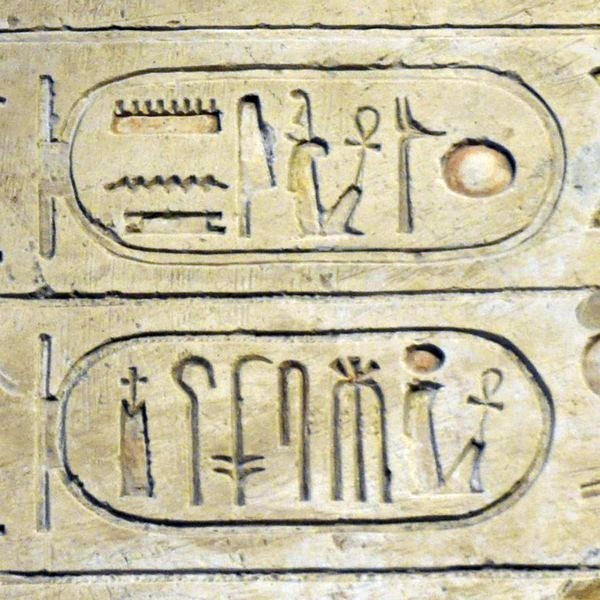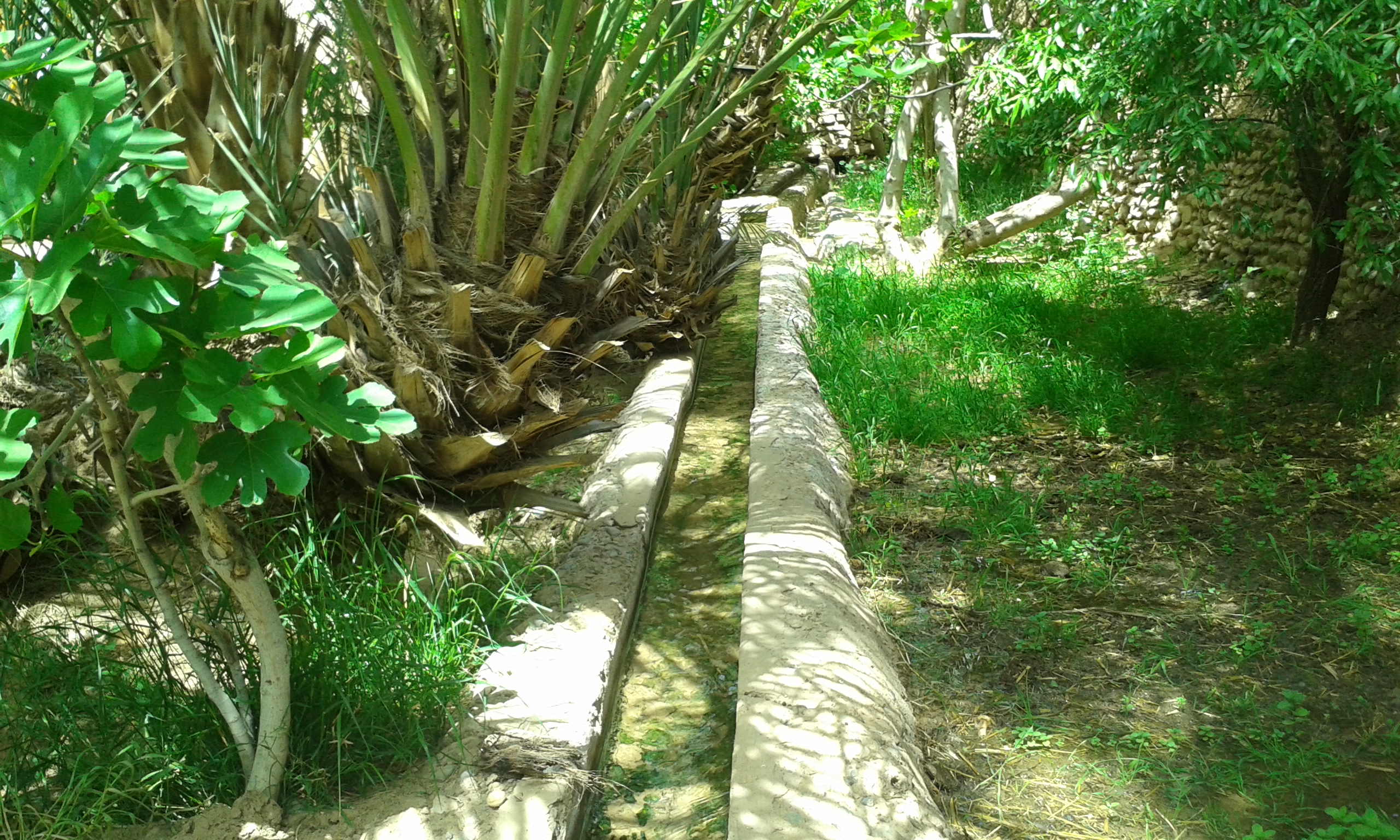|
Tayma
Tayma (; Taymanitic: 𐪉𐪃𐪒, , vocalized as: ) or Tema is a large oasis with a long history of settlement, located in northwestern Saudi Arabia at the point where the trade route between Medina and Dumah (Sakakah) begins to cross the Nafud desert. Tayma is located southeast of the city of Tabuk, and about north of Medina. It is located in the western part of the Nafud desert. History The historical significance of Tayma is based on the existence there of an oasis, which helped it become a stopping point on commercial desert routes. An important event was the presence there of Nabonidus, the last Neo-Babylonian emperor, who took residence there in the mid- 6th century BC. Bronze Age: Egyptian inscription Recent archaeological discoveries show that Tayma has been inhabited since at least the Bronze Age. In 2010, the Ministry of Tourism of Saudi Arabia announced the discovery of the Pharaonic Tayma inscription by Ramesses III about 60 kilometers northwest of Tayma. I ... [...More Info...] [...Related Items...] OR: [Wikipedia] [Google] [Baidu] |
Nabonidus
Nabonidus (Babylonian cuneiform: ''Nabû-naʾid'', meaning "May Nabu be exalted" or "Nabu is praised") was the last king of the Neo-Babylonian Empire, ruling from 556 BC to the fall of Babylon to the Achaemenian Empire under Cyrus the Great in 539 BC. Nabonidus was the last native ruler of ancient Mesopotamia, the end of his reign marking the end of thousands of years of Sumero-Akkadian language, Akkadian states, Monarchy, kingdoms and empires. He was also the last independent king of Babylon. Regarded as one of the most vibrant and individualistic rulers of his time, Nabonidus is characterised by some scholars as an unorthodox religious reformer and as the first archaeologist. The origins of Nabonidus, his connection to previous royalty, and subsequently what claim he had to the throne remain unclear, given that Nabonidus made no genealogical claims of kinship to previous kings. This suggests that he was neither related nor connected to the Chaldean dynasty of Babylonian rulers. ... [...More Info...] [...Related Items...] OR: [Wikipedia] [Google] [Baidu] |
Lihyan
Lihyan (, ''Liḥyān''; Greek: Lechienoi), also called Dadān or Dedan, was an ancient Arab kingdom that played a vital cultural and economic role in the north-western region of the Arabian Peninsula and used Dadanitic language. The kingdom flourished for at least a century and a half, at some point between the 5th and 1st centuries BC. The Lihyanites ruled over a large domain from Yathrib in the south and parts of the Levant in the north. In antiquity, the Gulf of Aqaba used to be called Gulf of Lihyan, a testimony to the extensive influence that Lihyan acquired.Discovering Lehi'. Cedar Fort; 9 August 1996. . p. 153. The term "Dedanite" usually describes the earlier phase of the history of this kingdom since their capital name was Dedan, which is now called Al-'Ula oasis located in northwestern Arabia, some 110 km southwest of Teima, both cities located in modern-day Saudi Arabia, while the term "Lihyanite" describes the later phase. Dadan in its early phase was "one ... [...More Info...] [...Related Items...] OR: [Wikipedia] [Google] [Baidu] |
Taymanitic
Taymanitic was the language and script of the oasis of Taymāʾ in northwestern Arabia, dated to the second half of the 6th century BC. Classification Taymanitic does not participate in the key innovations of Proto-Arabic, precluding it from being considered a member of the Arabic language family. It shares one key isogloss with Northwest Semitic: the change ''w'' > ''y'' in word-initial position. Examples include ''yrḫ'' for *warḫum 'moon, month' and ''ydʿ'' for ''wadaʿa'' 'to know'. It is clear that Taymanitic script expressed a distinct linguistic variety that is not Arabic and not closely related to Hismaic or Safaitic Safaitic ( ''Al-Ṣafāʾiyyah'') is a variety of the South Semitic scripts used by the Arabs in southern Syria and northern Jordan in the Harrat al-Sham, Ḥarrah region, to carve rock inscriptions in various dialects of Old Arabic and Ancient N ..., while it can tentatively be suggested that it was more closely related to Northwest Semitic. Pho ... [...More Info...] [...Related Items...] OR: [Wikipedia] [Google] [Baidu] |
Tabuk Province
Tabuk Province, also known as Tabuk Region ( '), is a province in Saudi Arabia, located along the northwestern coast of the country, facing Egypt across the Red Sea. It also borders Jordan to the north. History The history of Tabuk province dates back to 5,000 years ago. The province is identified with the land of Midian. The province is traversed by the Hejaz railway, which was built during the Ottoman Empire under the Sultan Abdul Hamid II and was a focus for attacks during the Arab Revolt of 1916–1918. The province has traditionally been inhabited by the Howeitat tribe. In recent years, the province has received substantial media attention due to the Saudi government's planned Neom City project in the province. Population Governorates Economy Tabuk is an active commercial center, serving pilgrims passing through towards Mecca. Due to its moderate climate, it's also the site of several dairy and poultry farms. The region (Astra) exports flowers to Europe, main ... [...More Info...] [...Related Items...] OR: [Wikipedia] [Google] [Baidu] |
Pharaonic Tayma Inscription
The Pharaonic Tayma inscription is a hieroglyphic petroglyph found near the oasis of Tayma in Tabuk Region, Saudi Arabia. It was discovered by local archaeologists in 2010. The rock engraving was found around 400 km north of Madinah and northeast of the ancient Nabatean site of Madain Saleh. It marks the first confirmed hieroglyphic epigraph discovered in the Kingdom. According to the SCTA Vice President for Antiquities and Museums Ali Ibrahim Al-Ghabban, the petroglyph contains an inscription belonging to the 20th Dynasty Pharaoh Ramses III Usermaatre Meryamun Ramesses III was the second Pharaoh of the Twentieth Dynasty in Ancient Egypt. Some scholars date his reign from 26 March 1186 to 15 April 1155 BC, and he is considered the last pharaoh of the New Kingdom to have wielded sub ... (r.1192 BC to 1160 BC). [...More Info...] [...Related Items...] OR: [Wikipedia] [Google] [Baidu] |
Ministry Of Tourism (Saudi Arabia)
The Ministry of Tourism (MoT; ), before 2020 as the Saudi Commission for Tourism and National Heritage (SCTH), until 2015 as the Saudi Commission for Tourism and Antiquities (SCTA) and prior to 2008 as the Supreme Commission for Tourism (SCT), is a government ministry in Saudi Arabia that is concerned with the tourism sector of the country. Established in the year 2000 through a royal decree by King Fahd, it was transformed into a ministry in 2020. Foundation SCTH foundation has passed through several stages before reaching to its current structure by becoming the only public administration authorized and responsible for tourism and national heritage in the Kingdom. These stages are as follows: # On 12/01/1421 AH, (16/04/2000), Saudi Council of Ministers issued Resolution No. (9), approving the establishment of “Supreme Commission for Tourism” (SCT), stressing that tourism is one of the major productive sectors in retaining Saudi tourist within the country and increase inv ... [...More Info...] [...Related Items...] OR: [Wikipedia] [Google] [Baidu] |
Neo-Babylonian Empire
The Neo-Babylonian Empire or Second Babylonian Empire, historically known as the Chaldean Empire, was the last polity ruled by monarchs native to ancient Mesopotamia. Beginning with the coronation of Nabopolassar as the King of Babylon in 626 BC and being firmly established through the fall of the Neo-Assyrian Empire, Assyrian Empire in 612 BC, the Neo-Babylonian Empire was conquered by the Achaemenid Persian Empire in 539 BC, marking the collapse of the Chaldean dynasty less than a century after its founding. The defeat of the Assyrian Empire and subsequent return of power to Babylon marked the first time that the city, and southern Mesopotamia in general, had risen to dominate the ancient Near East since the collapse of the Old Babylonian Empire (under Hammurabi) nearly a thousand years earlier. The period of Neo-Babylonian rule thus saw unprecedented economic and population growth throughout Babylonia, as well as a renaissance of culture and artwork as Neo-Babylonian kings condu ... [...More Info...] [...Related Items...] OR: [Wikipedia] [Google] [Baidu] |
Ramesses III
Usermaatre Meryamun Ramesses III was the second Pharaoh of the Twentieth dynasty of Egypt, Twentieth Dynasty in Ancient Egypt. Some scholars date his reign from 26 March 1186 to 15 April 1155 BC, and he is considered the last pharaoh of the New Kingdom of Egypt, New Kingdom to have wielded substantial power. His long reign saw the decline of Egyptian political and economic power, linked to a series of invasions and internal economic problems that also plagued pharaohs before him. This coincided with a decline in the cultural sphere of Ancient Egypt. However, his successful defense was able to slow down the decline, although it still meant that his successors would have a weaker military. He has also been described as a "warrior Pharaoh" due to his strong military strategies. He led the way by defeating the invaders known as "the Sea Peoples", who had caused destruction in other civilizations and empires. He was able to save Egypt from collapsing at the time when Late Bronze Age c ... [...More Info...] [...Related Items...] OR: [Wikipedia] [Google] [Baidu] |
Oasis
In ecology, an oasis (; : oases ) is a fertile area of a desert or semi-desert environmentBattesti, Vincent (2005) Jardins au désert: Évolution des pratiques et savoirs oasiens: Jérid tunisien. Paris: IRD éditions. . that sustains plant life and provides habitat for animals. Surface water may be present, or water may only be accessible from wells or underground channels created by humans. In geography, an oasis may be a current or past rest stop on a transportation route, or less-than-verdant location that nonetheless provides access to underground water through deep wells created and maintained by humans. Although they depend on a natural condition, such as the presence of water that may be stored in reservoirs and us ... [...More Info...] [...Related Items...] OR: [Wikipedia] [Google] [Baidu] |
Saudi Arabia
Saudi Arabia, officially the Kingdom of Saudi Arabia (KSA), is a country in West Asia. Located in the centre of the Middle East, it covers the bulk of the Arabian Peninsula and has a land area of about , making it the List of Asian countries by area, fifth-largest country in Asia, the largest in the Middle East, and the List of countries and dependencies by area, 12th-largest in the world. It is bordered by the Red Sea to the west; Jordan, Iraq, and Kuwait to the north; the Persian Gulf, Bahrain, Qatar and the United Arab Emirates to the east; Oman to the southeast; and Yemen to Saudi Arabia–Yemen border, the south. The Gulf of Aqaba in the northwest separates Saudi Arabia from Egypt and Israel. Saudi Arabia is the only country with a coastline along both the Red Sea and the Persian Gulf, and most of Geography of Saudi Arabia, its terrain consists of Arabian Desert, arid desert, lowland, steppe, and List of mountains in Saudi Arabia, mountains. The capital and List of cities ... [...More Info...] [...Related Items...] OR: [Wikipedia] [Google] [Baidu] |




